© tetronik GmbH. All rights reserved.
© tetronik GmbH. All rights reserved.
Conveniently Organize On-Call Services and Quickly Resolve Faults
Quick action must be taken in the event of a malfunction
Due to external influences, disruptions in the energy supply network cannot be entirely prevented. However, in order to offer their customers the most reliable supply of electricity, gas or district heating possible, it is in the interest of network operators to rectify any incidents as quickly as possible.
If there are faults in the electricity grid or the natural gas grid, this circumstance not only represents a supply problem, but also a potential danger. Valuable time is lost when, upon receipt of a fault report, it is first necessary to clarify which technician is available and who is suitable for both the location and the type of fault. Naturally, this time should be saved at all costs.
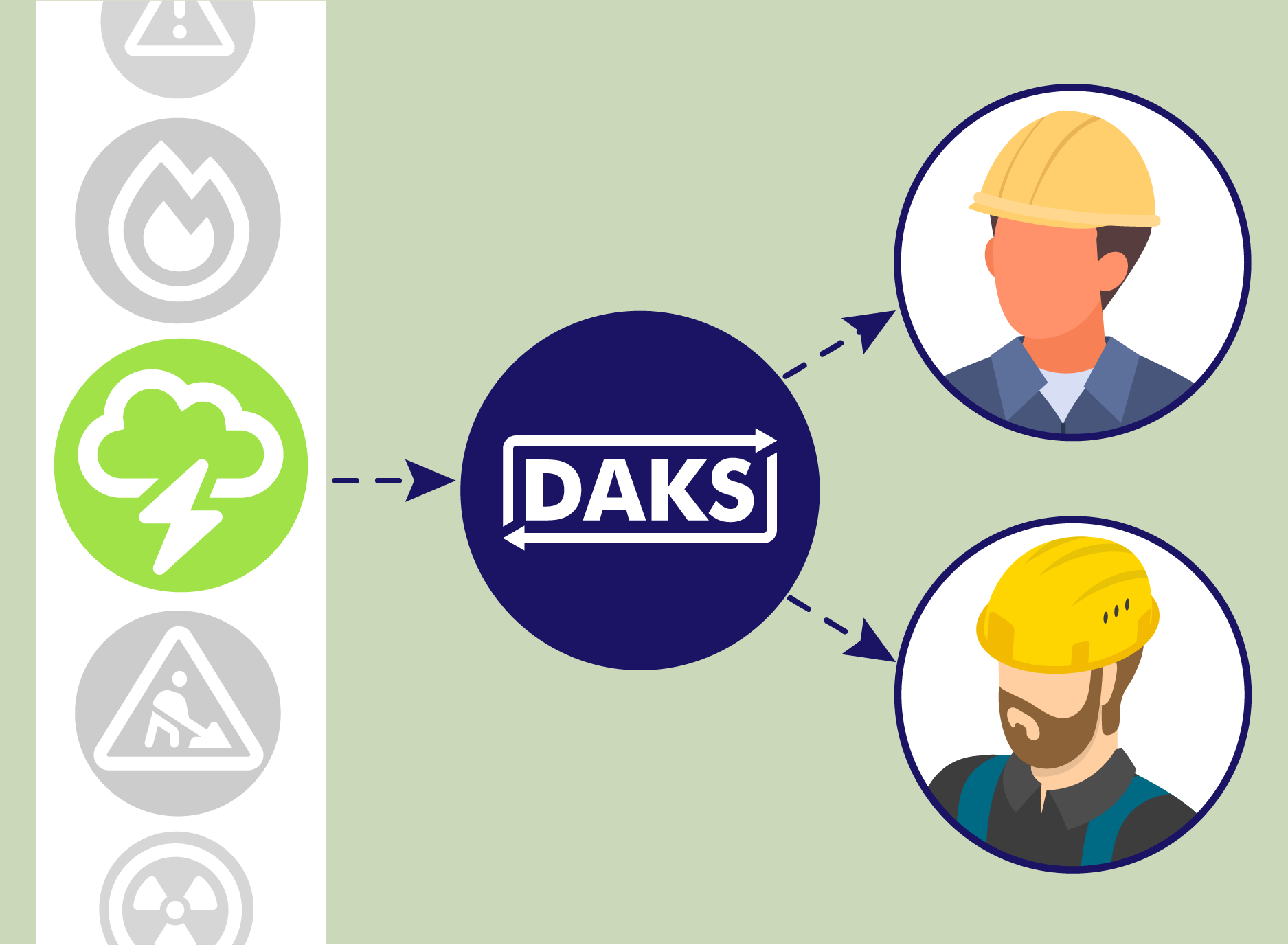
This is how you organize on-call services at the touch of a button
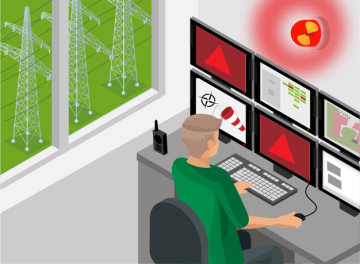
There is a fault at a utility
Martin works in the control center of a utility company. When he suddenly receives a message about a malfunction, he has to react as quickly and flawlessly as possible.
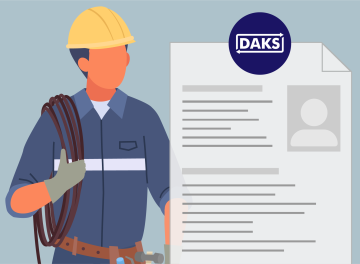
Important preliminary groundwork has already been laid with DAKS
Thanks to extensive organizational and technical preparation, Martin fortunately no longer has to go through contact lists and call individual technicians. All the necessary process steps and contact data were created in the DAKS alarm server in such a way that the responsibility, expertise, working hours and various phone numbers of the different technicians were recorded. In addition, the technicians can log in or out of DAKS from their terminal device, depending on whether they are starting or ending their regular on-call duty or are absent for other reasons.
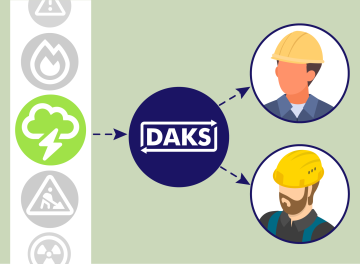
Martin reaches the right technicians at the touch of a button
Martin can see a selection of predefined fault types and locations on his control panel. By confirming one of these, he triggers an automated call process: DAKS contacts those technicians who are eligible for this particular case at that time via phone call or text message. It connects them with the control center and Martin can tell them the extent, exact location and other details of the fault. This entire process is logged and can be followed on Martin's monitor.
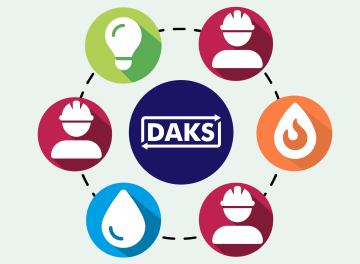
Recurring communication processes are automated
DAKS can also handle certain technical fault messages completely on its own. A fault triggered by sensors, for example, can be transmitted via a control system and received directly by DAKS. DAKS then independently activates the responsible on-call service without the need for human intervention.
Advantages of the automated gathering of on-call services

Better and reliable accessibility
- No more stressful phone calls: Competent employees are reached easily and quickly "at the touch of a button".
- DAKS accepts all types of messages and automates the subsequent processes and work steps.
- Recurring processes are automated and simplified.
- All communication processes are logged by DAKS.

More convenience and efficiency for those responsible
- The workload on the personnel is reduced, errors are more easily avoided and productivity is increased.
- The processing of incidents is accelerated: malfunctions are resolved more quickly, more efficiently and more reliably.
- The energy operator's appeal to customers increases.
Video of the solution
Discuss your individual
application project with us
Add this solution
to your shortlist
Related Application Examples
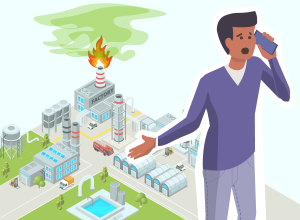
Always Provide Up-to-Date Information with Citizen Helpline
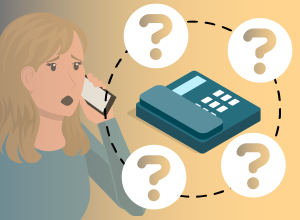
Organize Many Inquiries with a Fault Hotline
- Home
- Applications
- Utilities Industry
- Conveniently Organize On-Call Services and Quickly Resolve Faults
© tetronik GmbH. All rights reserved.




